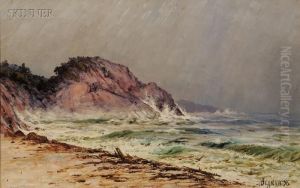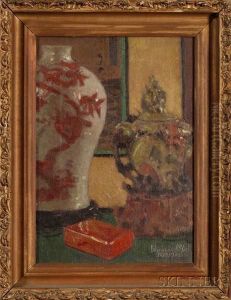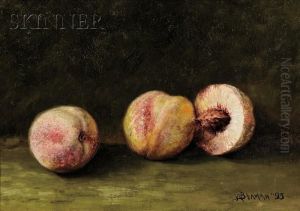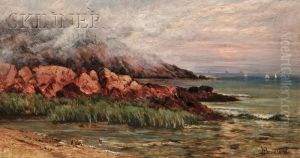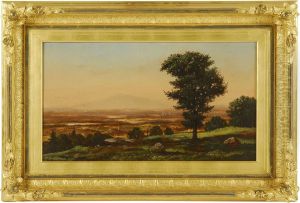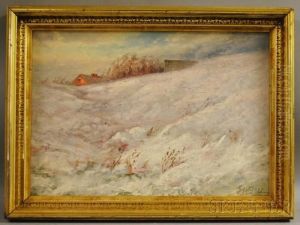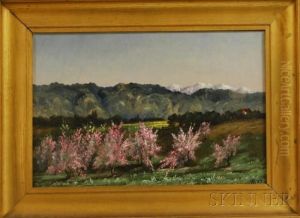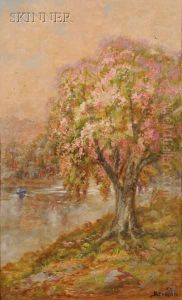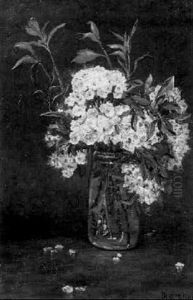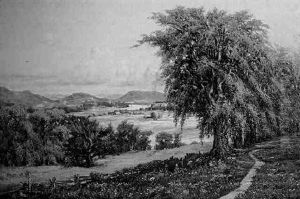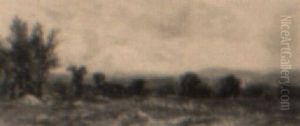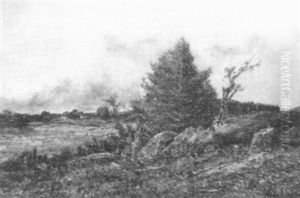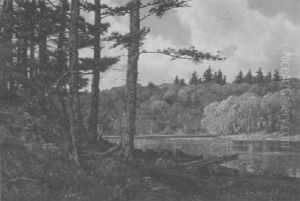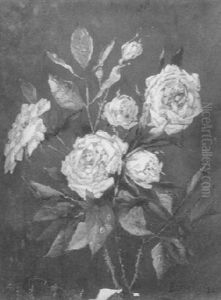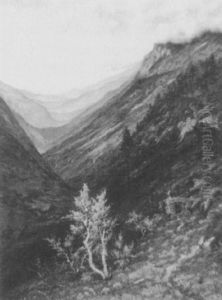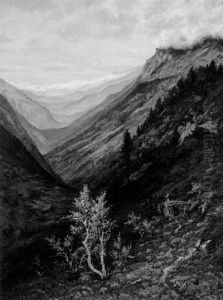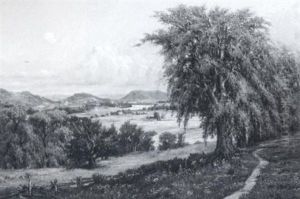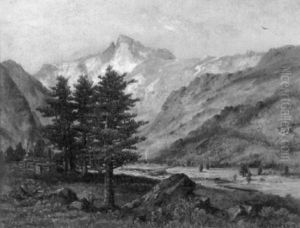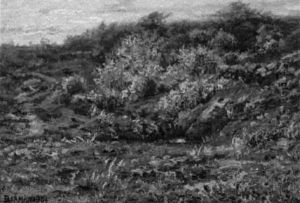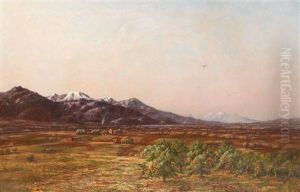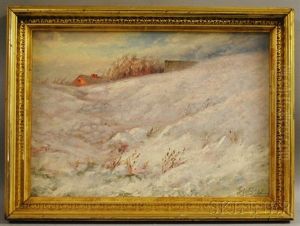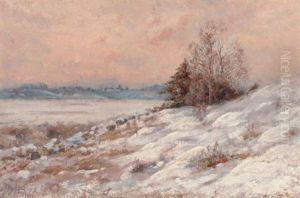Gamaliel Waldo Beaman Paintings
Gamaliel Waldo Beaman was an American artist, known primarily for his landscape paintings. Born on August 25, 1852, in Fitchburg, Massachusetts, Beaman grew up in a period of great change and innovation in the United States, which influenced the development of the American art scene. He demonstrated an early talent for art, which was nurtured through his education and travels. Beaman's work is often associated with the American Impressionist movement, although his style also exhibits characteristics of realism and the Hudson River School.
In pursuit of artistic training, Beaman studied under various accomplished artists of his time. His education in art took him to several key locations in the U.S and Europe, where he was exposed to a range of artistic styles and techniques. This diverse training helped him develop a unique approach to landscape painting, characterized by a keen observation of nature and a delicate use of light and color. Beaman's landscapes often depicted the New England countryside, capturing its distinct seasons and moods with a gentle, impressionistic touch.
Throughout his career, Beaman exhibited his work in various galleries and exhibitions, gaining recognition and accolades for his contributions to American art. Despite his success, he remained deeply connected to the New England landscape, which continued to inspire his work. Beaman's paintings are celebrated for their ability to evoke the serene beauty and rich texture of the American landscape, making him an important figure in the tradition of American landscape painting.
Gamaliel Waldo Beaman passed away on January 18, 1937, leaving behind a legacy of art that continues to be appreciated for its contribution to the American Impressionist movement and its celebration of the natural beauty of the United States. His works are held in several art collections and museums, where they continue to inspire and enchant viewers with their timeless appeal.
